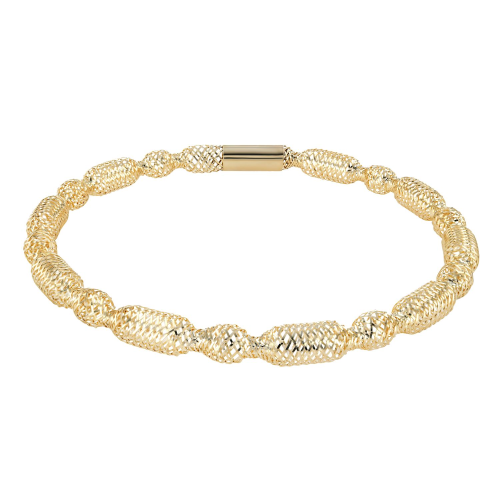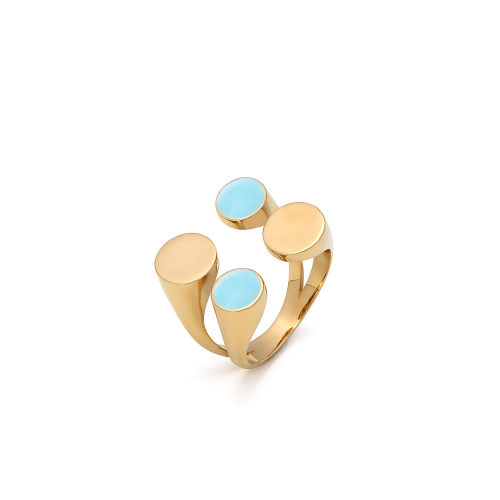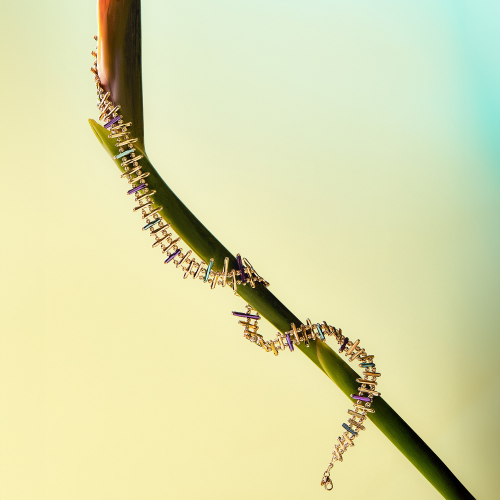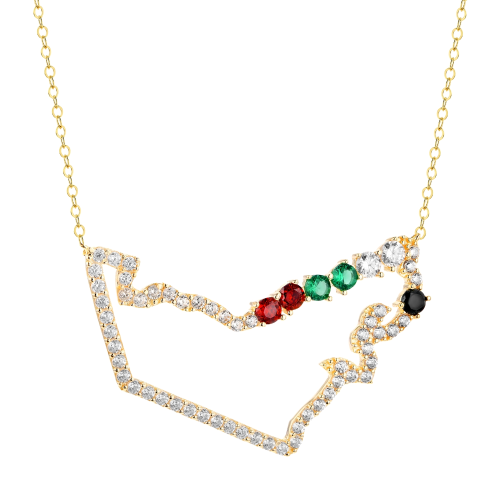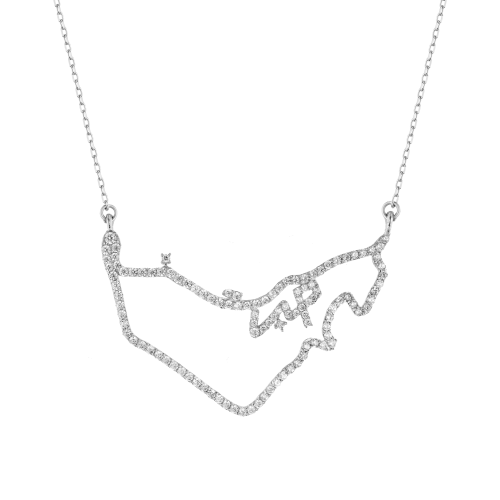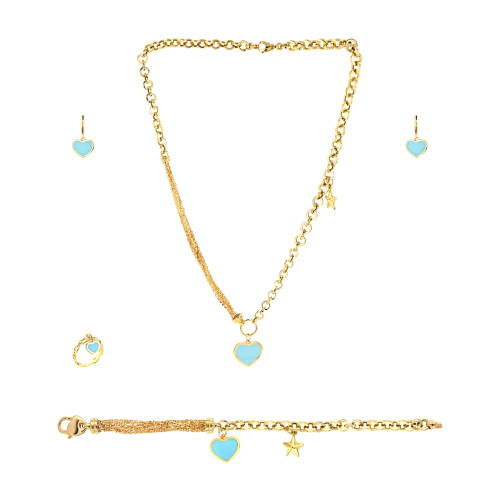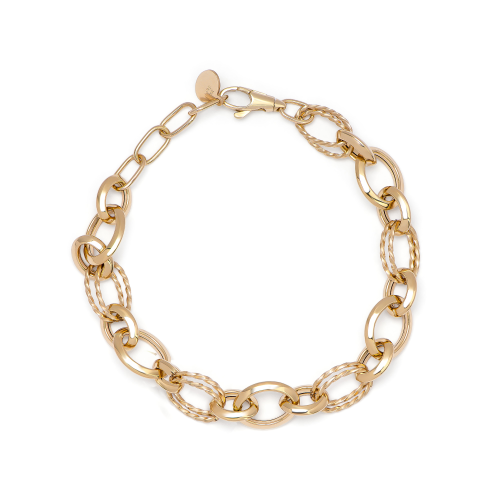AI-Designed Jewelry: Can Algorithms Create Better Than Humans?
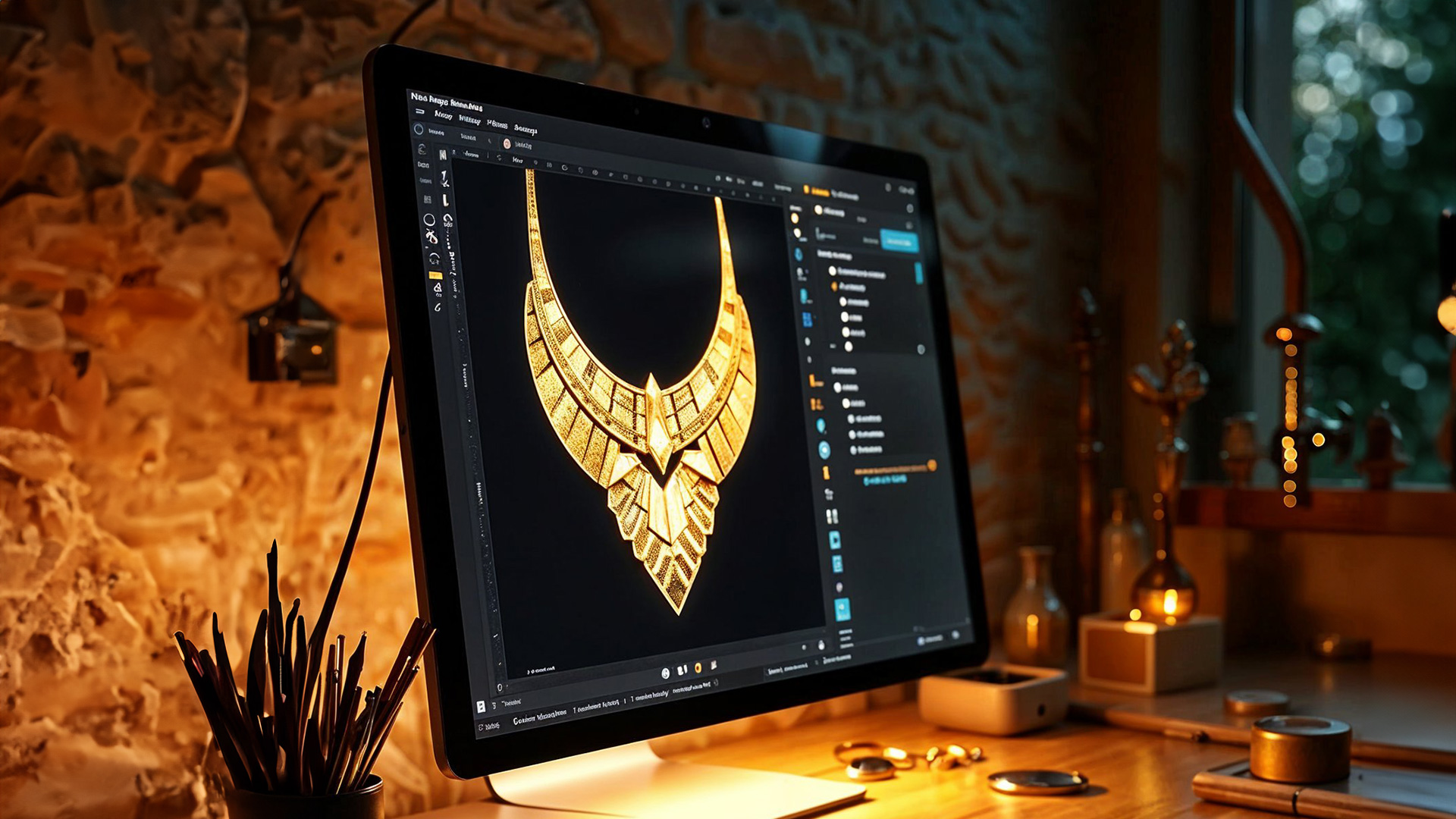
In the realm of artistic expression, jewelry design has long been considered a quintessentially human domain—where creativity, cultural understanding, and aesthetic sensibility combine to create wearable art. Yet as artificial intelligence continues to advance into creative territories once thought impervious to automation, a fascinating question emerges: can algorithms design jewelry that rivals or even surpasses human-made pieces?
The Rise of AI in Jewelry Design
The integration of AI into jewelry design represents a fascinating convergence of ancient craft and cutting-edge technology. Companies like Automaton and Motif are pioneering algorithms that can generate thousands of design variations based on parameters such as material properties, manufacturing constraints, and aesthetic preferences. These systems analyze vast catalogs of historical designs, contemporary trends, and customer preferences to inform their creative process.
Unlike traditional CAD systems that merely execute a designer's vision, modern AI jewelry design systems can initiate the creative process themselves, suggesting novel forms and combinations that might not occur to human designers. They can rapidly iterate through possibilities, learning from feedback to refine their output toward increasingly sophisticated results.
How AI Designs Jewelry
The process typically begins with training neural networks on thousands of existing jewelry designs. These systems learn to recognize patterns, proportions, and elements that constitute appealing designs across different styles and eras. Advanced generative adversarial networks (GANs) and diffusion models can then produce original designs that embody these learned principles while introducing novel variations.
Some AI systems incorporate physics simulations to ensure wearability and durability, while others evaluate designs against manufacturing constraints. The most sophisticated platforms integrate customer preferences, allowing for personalization at scale—something traditional jewelry design processes struggle to achieve efficiently.
The Algorithmic Advantage
AI brings several unique strengths to jewelry design:
Pattern Recognition at Scale: AI can analyze thousands of successful designs across cultures and time periods, identifying subtle patterns that might escape even experienced human designers.
Unbounded Imagination: Algorithms aren't constrained by cultural preconceptions or design habits. They can suggest unexpected combinations and forms that human designers might not consider.
Rapid Iteration: AI can generate and evaluate thousands of design variations in minutes, accelerating the design process dramatically.
Personalization: By incorporating customer preferences and physical characteristics, AI can create bespoke pieces tailored to individual tastes more efficiently than traditional custom design processes.
Material Optimization: AI can optimize designs for specific materials and manufacturing techniques, potentially reducing waste and cost while maintaining aesthetic appeal.
The Human Touch: What AI Currently Lacks
Despite these advantages, AI jewelry design still faces significant limitations:
Emotional Intelligence: Jewelry often carries deep emotional significance. Human designers can intuitively understand the emotional resonance of pieces designed for significant life events like engagements or remembrances.
Cultural Nuance: Human designers bring cultural context and sensitivity to their work. They understand the subtle meanings and associations that make jewelry culturally appropriate and meaningful in specific contexts.
Tactile Understanding: Experienced jewelers possess a haptic understanding of how pieces feel when worn—a sensibility that's difficult to simulate algorithmically.
Narrative Design: Many valuable jewelry pieces tell a story or embody meaning beyond aesthetics. Human designers excel at creating narrative-driven pieces that speak to personal histories or shared values.
Artisanal Judgment: The final adjustments that elevate a piece from good to exceptional often rely on intuitive judgments honed through years of practice—something algorithms struggle to replicate.
Collaborative Creativity: The Emerging Paradigm
Rather than viewing AI and human design as competing approaches, the most promising developments in the field point toward collaborative models. In these systems, AI generates initial concepts or variations, which human designers then refine, contextualize, and finalize.
This collaborative approach leverages the complementary strengths of both: AI's ability to explore design spaces rapidly and without preconception, and humans' contextual understanding, emotional intelligence, and refined aesthetic judgment.
Companies like Swarovski and Tiffany & Co. have begun experimenting with such hybrid approaches, using AI to expand design possibilities while keeping human designers central to the final creative decisions.
Customer Perception and Market Response
The market response to AI-designed jewelry reveals intriguing patterns. Studies suggest that consumers often cannot reliably distinguish between AI-generated and human-designed pieces in blind evaluations. However, when informed about the design's origin, many customers express preference for human-designed pieces, highlighting the persistent value placed on human creativity.
This perception gap is gradually narrowing, however, as AI-designed pieces gain recognition in prestigious competitions and exhibitions. The recent acquisition of AI-designed pieces by the Victoria and Albert Museum signals a growing acceptance of algorithmic creativity in traditional artistic institutions.
Ethics and Authenticity
The rise of AI in jewelry design raises important questions about authorship, authenticity, and the value of human creative labor. If an algorithm generates a design based on thousands of human-created precedents, who owns the intellectual property? How should we value pieces created through human-AI collaboration compared to purely handcrafted items?
These questions echo broader concerns about AI's impact on creative industries. The jewelry sector, with its dual emphasis on artistic expression and craftsmanship, offers a particularly illuminating case study in how we might navigate these tensions.
The Future Landscape
The future of jewelry design likely lies neither in AI dominance nor in rejection of technological assistance, but in thoughtful integration. We can envision a spectrum of approaches, from fully AI-generated pieces distinguished by algorithmic exploration to human-led designs that use AI as a sophisticated tool for visualization and iteration.
Educational programs for jewelry designers are already beginning to incorporate AI literacy alongside traditional techniques, preparing the next generation for this hybrid landscape.
Can algorithms create better jewelry than humans? The answer depends entirely on how we define "better." If we prioritize efficiency, novelty, and mathematical optimization, AI already shows remarkable capabilities. If we value emotional resonance, cultural fluency, and narrative depth, human designers maintain a significant edge.
The most exciting possibilities emerge not from competition but from collaboration—where AI expands the horizons of what's possible, and human designers bring the discernment, meaning, and emotional intelligence that transforms interesting forms into truly significant pieces. In this partnership between silicon and soul, we may find jewelry that neither could create alone—pieces that speak both to algorithmic ingenuity and human meaning-making in a dialogue as complex and beautiful as jewelry design itself.
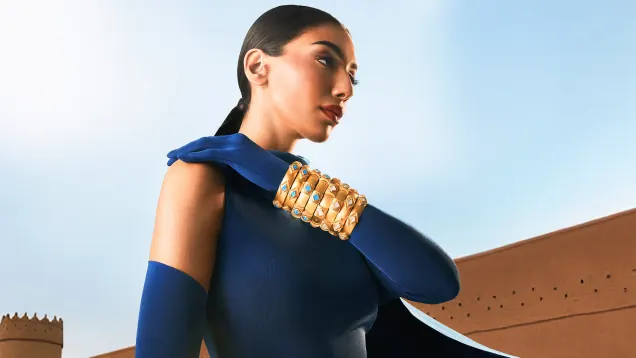
Our Promise
Fast shipping
Receive your jewelry in maximum 3 days.
Return guaranteed
Requesting a return is quick and easy.
Ethical Sourcing
Ethically Sourced Materials
Payments
Buy in the most convenient way for you.
